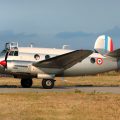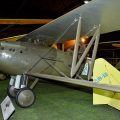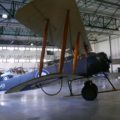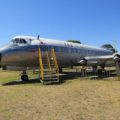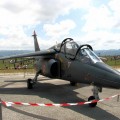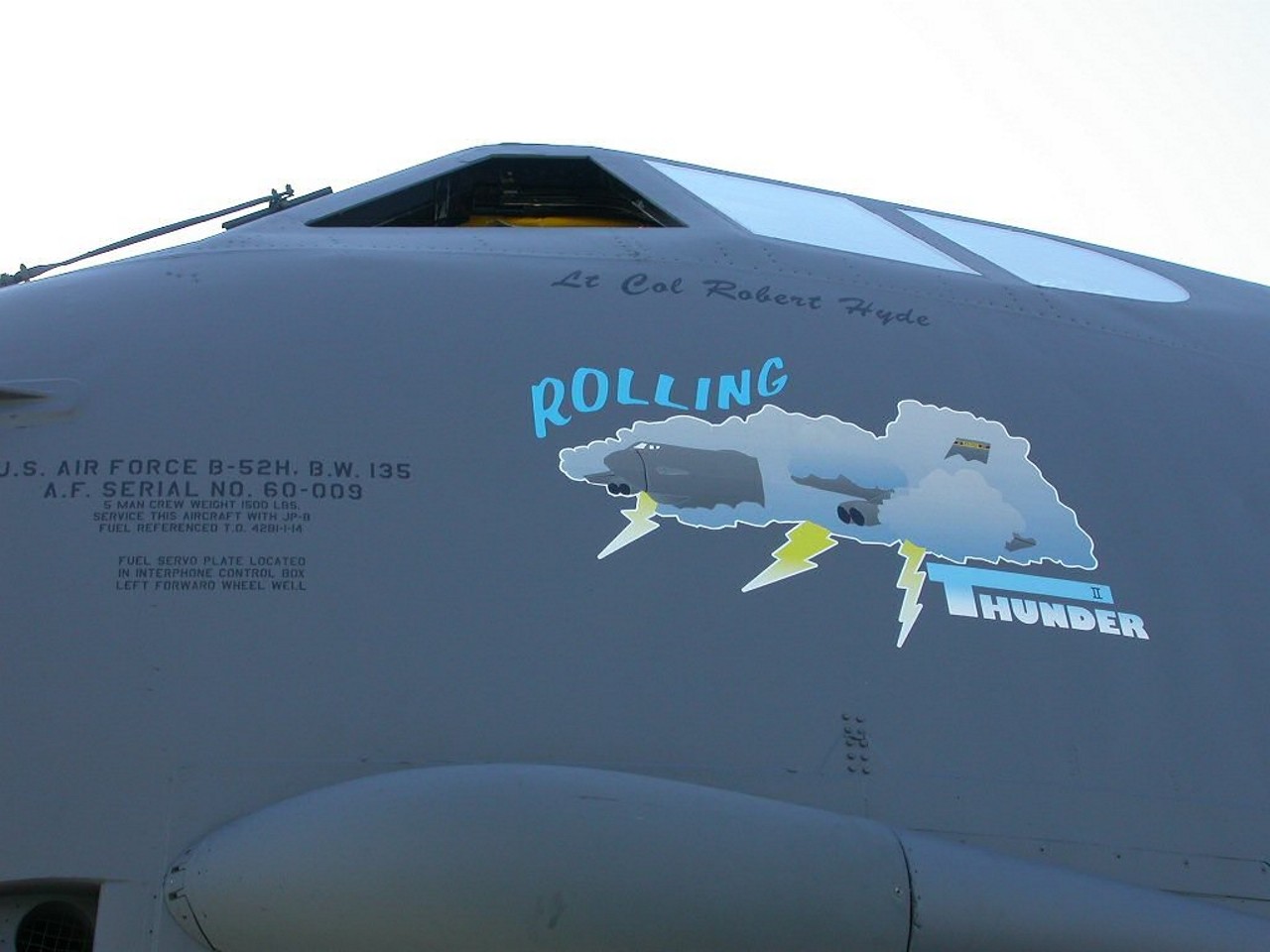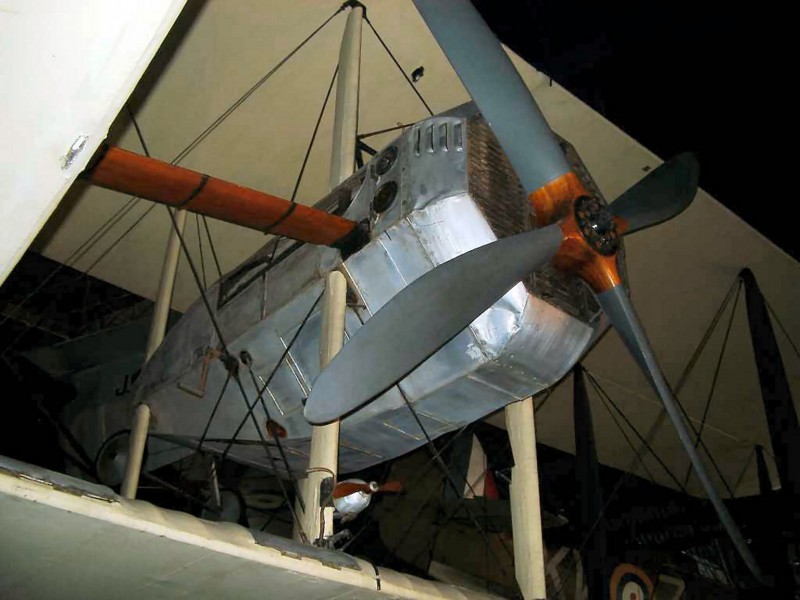
Vickers Vimy | |
|---|---|
| Country | UK |
| Type | Heavy bomber aircraft |
| Description | Album of 27 photos walk-around of a Vickers Vimy |
Φωτογραφίες ενός Vickers Vimy, Το Βίκερς Βίμι ήταν βρετανικό βαρύ βομβαρδιστικό αεροσκάφος του Πρώτου Παγκοσμίου Πολέμου και της εποχής μετά τον Πρώτο Παγκόσμιο Πόλεμο. Σημείωσε επιτυχία τόσο ως στρατιωτικό όσο και ως πολιτικό αεροσκάφος, θέτοντας αρκετά αξιοσημείωτα ρεκόρ σε πτήσεις μεγάλων αποστάσεων κατά την περίοδο του Μεσοπολέμου, το πιο διάσημο από τα οποία ήταν το πρώτο ασταμάτητο πέρασμα του Ατλαντικού Ωκεανού από τους Alcock και Brown τον Ιούνιο του 1919.
Πηγή: Βίτσερς Βίμι επί Wikipedia
Σχετικά κιτ:
Βρείτε κιτ στο eBay:
The Vickers Vimy was a British heavy bomber aircraft developed and manufactured by Vickers Limited. It was designed by Rex Pierson, Vickers’ chief designer, during the latter stages of the First World War to equip the Royal Flying Corps (RFC). The Vimy had a biplane configuration with two Rolls-Royce Eagle VIII engines, each producing 360 horsepower. The Vimy could carry up to 1,124 kg of bombs and had two Lewis machine guns for self-defense. The Vimy had a wingspan of 20.47 m, a length of 13.27 m, and a height of 4.65 m. It had a maximum speed of 166 km/h, a service ceiling of 3,048 m, and a range of 1,465 km.
The Vimy did not see active combat during the First World War, as only a few aircraft had entered service by the time the Armistice was signed in November 1918. However, the Vimy became the core of the RAF’s heavy bomber force throughout the 1920s and was used in various military operations in the Middle East and India. The Vimy also had a successful civil career, as it was used for passenger transport and record-breaking flights. The most famous of these was the first non-stop crossing of the Atlantic Ocean by John Alcock and Arthur Brown in June 1919, flying from Newfoundland to Ireland in 16 hours and 12 minutes. Other notable flights included the first flight from England to Australia by Ross and Keith Smith in December 1919, and the first flight from England to South Africa by Pierre van Ryneveld and Quintin Brand in February 1920.
The Vimy was retired from military service in 1933 and from civil service in 1937. It was replaced by more advanced and efficient aircraft such as the Vickers Virginia and the Vickers Wellington. The Vimy was an important milestone in the development of aviation and demonstrated the potential of long-range air power.

Views : 1973
